Even the fiercest predators know when to back off—and wolves are no exception.
They might rule the forest with sharp teeth and unshakable packs, but out there in the wild, some creatures are just too tough, too clever, or too downright terrifying to tangle with.
We’re talking spike-covered defenders, bone-crushing giants, and sneaky escape artists with tricks that make a wolf think twice.
Some of these animals stand their ground like legends.
Others simply vanish like ghosts.
All of them have earned a place on the “do not mess with” list.
Here are 16 animals that give even wolves a reason to pause—
because in the brutal beauty of the wild, respect isn’t given… it’s earned.
African Elephant
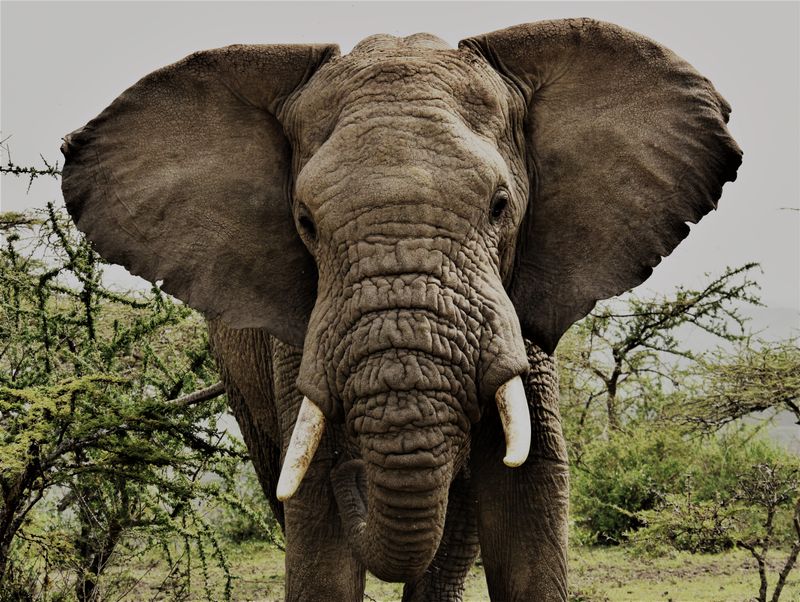
Standing as the largest land animals, African Elephants command respect. Their sheer size and strength are enough to deter even the bravest predators. Wolves, with their pack instincts, steer clear of these giants who weigh over six tons and stand about ten feet tall at the shoulder.
In addition to their physical prowess, elephants possess a keen intelligence and are known for their strong social bonds. They communicate with deep, resonating calls that can be heard miles away.
Interestingly, elephants have a memory that lasts. They learn, remember, and teach, making them a formidable presence in the wild.
Grizzly Bear
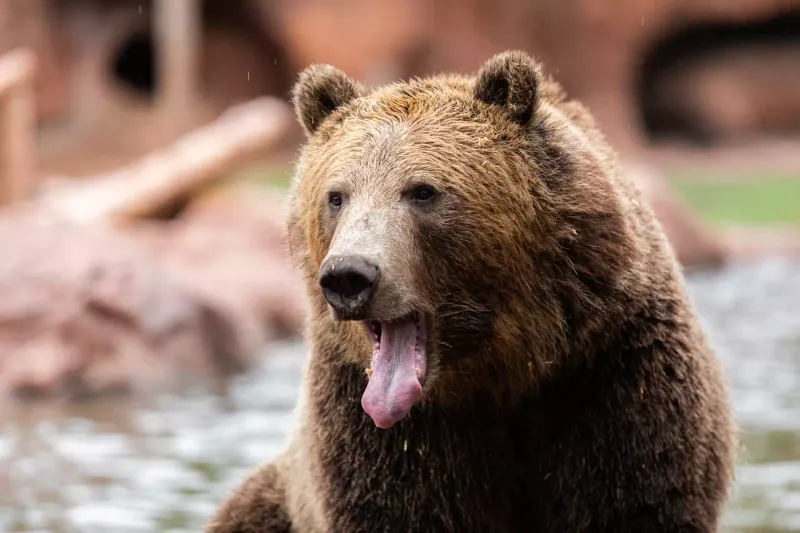
With its massive size and formidable strength, the Grizzly Bear is a force of nature. Wolves recognize the dominance of these bears, avoiding confrontation whenever possible. Weighing up to 800 pounds, the Grizzly’s muscular frame is capable of overpowering most threats.
Their sharp claws and teeth, coupled with swift agility, make them proficient hunters and defenders of their territory. Wolves often yield to these solitary giants.
An intriguing fact about Grizzly Bears is their hibernation process, during which they slow their metabolism and live off their fat reserves, showcasing their adaptation skills.
Cape Buffalo
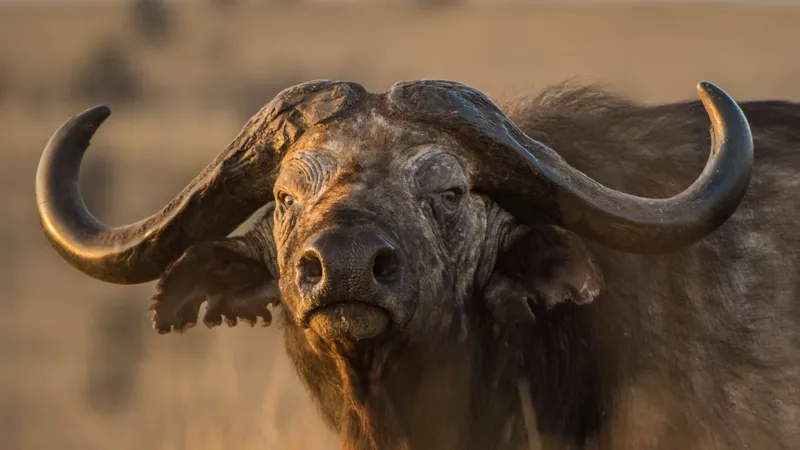
Known as ‘Black Death,’ the Cape Buffalo is one of Africa’s ‘Big Five’ and a creature that even wolves respect. With their unpredictable nature and robust build, they can weigh up to 2,000 pounds.
Their horns form a continuous bone shield across the top of their head, providing both offense and defense. When threatened, they band together in herds, demonstrating unity and collective strength.
Interestingly, Cape Buffaloes have been known to fend off lions, showcasing their unyielding spirit and determination. This resilience makes them a noteworthy challenge for any predator.
Polar Bear
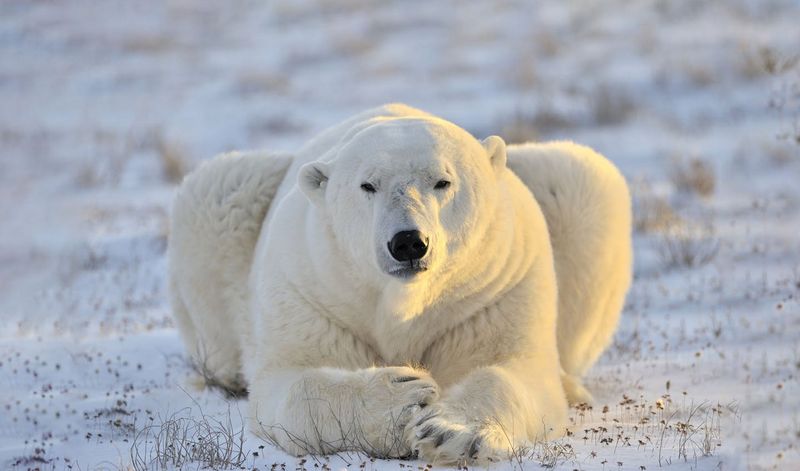
In the Arctic’s chilling expanse, the Polar Bear reigns supreme. Wolves, though skilled in packs, know better than to challenge this apex predator. Polar Bears are the largest bear species, with males weighing up to 1,700 pounds.
Their thick fur and a layer of fat provide insulation against the freezing temperatures. They are adept swimmers, often hunting seals in icy waters.
Despite their solitary nature, Polar Bears command respect in their habitat, with their powerful physique and strategic hunting techniques ensuring their position at the top of the Arctic food chain.
Hippopotamus
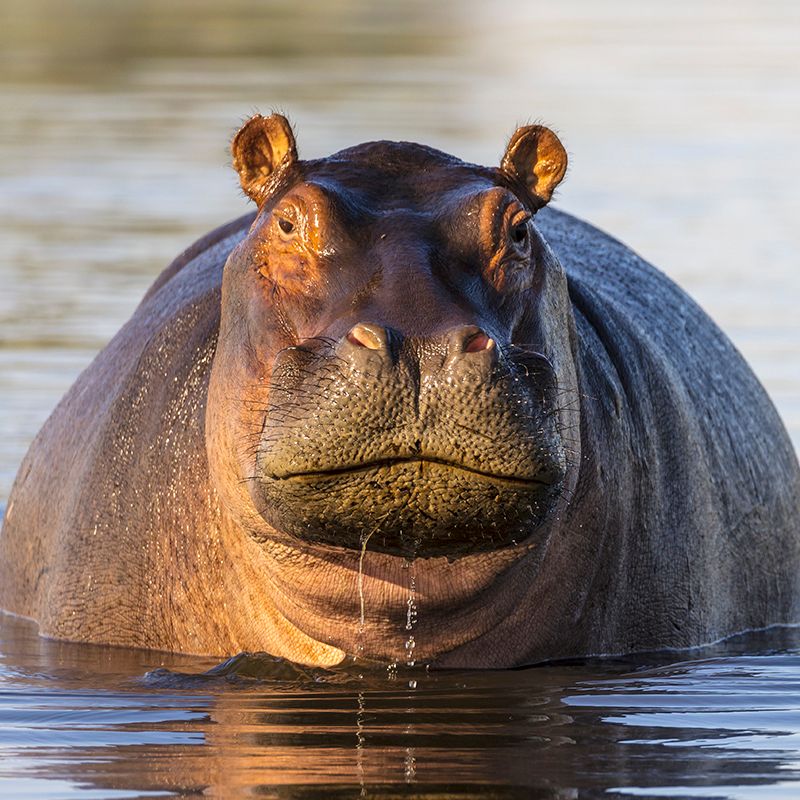
Despite their seemingly docile appearance, hippos are one of Africa’s most dangerous animals. Wolves, if they ever encountered them, would find their aggressive nature and powerful jaws intimidating.
Hippos can weigh up to 3,300 pounds and are known for their territorial behavior in water. Their mouths can open up to 150 degrees, revealing large tusks that are used defensively.
Interestingly, though primarily herbivores, hippos are not to be underestimated. Their speed on land and aggression in water make them formidable adversaries, ensuring they remain unchallenged in their aquatic domains.
Rhinoceros
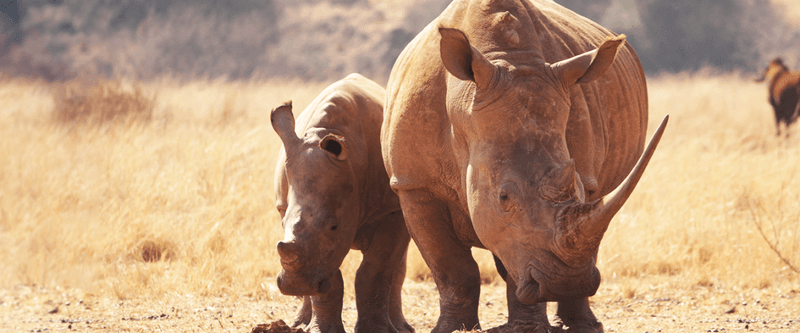
Rhinos are known for their thick skin and massive horns, which serve as both protection and weaponry. Wolves, which prefer prey they can overpower, would think twice before engaging with a rhino.
Weighing up to 5,000 pounds, rhinos use their horns to defend against predators and even fight off rivals. Their tough skin acts as armor, safeguarding against attacks.
A fun fact: While the horn looks like bone, it’s actually made of keratin, the same substance as human hair. This unique adaptation underscores the rhino’s evolutionary path as a beast not to be trifled with.
Honey Badger
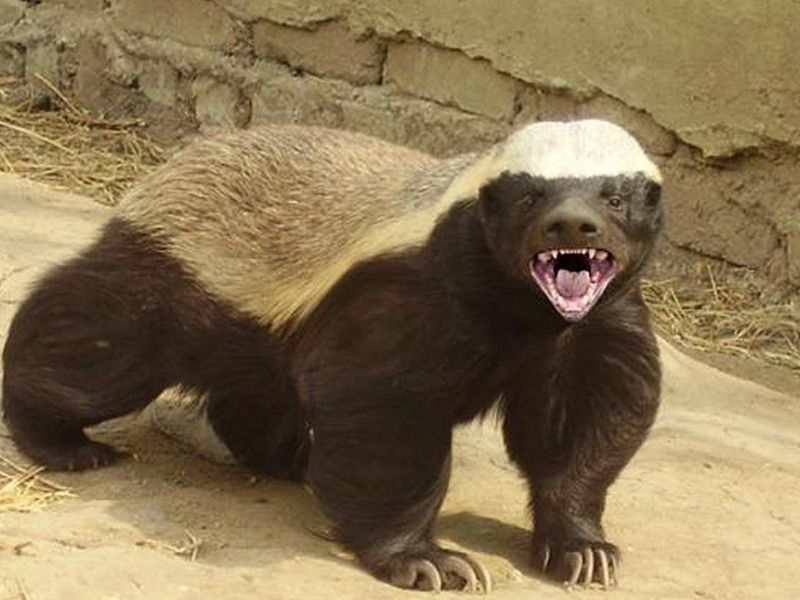
Known for its ferocity and toughness, the Honey Badger is an animal even wolves would hesitate to engage with. Despite their small size, they’re fearless combatants, taking on larger predators without flinching.
Their skin is thick and loose, allowing them to twist and bite back when caught. Coupled with sharp teeth and claws, they possess a tenacious fighting spirit.
These creatures are also known for raiding beehives, impervious to the stings of angry bees. This audacity and resilience make the Honey Badger a creature of legend, feared and respected in equal measure.
Bison
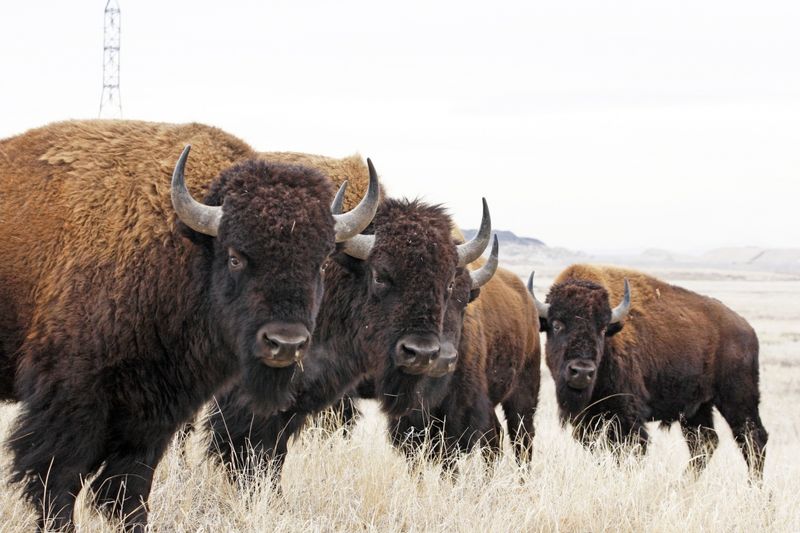
With their massive builds and shaggy coats, Bison are formidable on the plains. Standing at six feet tall and weighing up to 2,000 pounds, they’re not easily intimidated by wolves.
Bison travel in herds, which offers protection through numbers. They can run up to 35 miles per hour, making them agile despite their size.
Their horns and sharp hooves are effective defenses against predators. Interestingly, Bison were once nearly extinct due to overhunting, but conservation efforts have helped their numbers rebound, restoring these giants to their rightful place in nature.
Wolverine
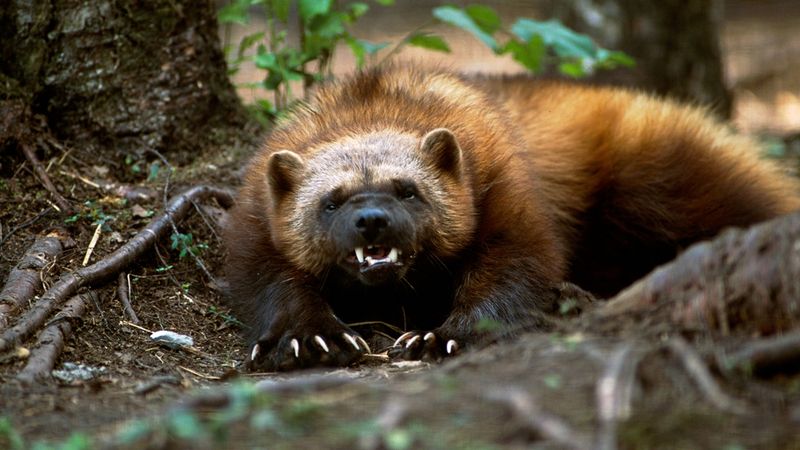
The Wolverine, a small but mighty creature, commands respect in its snowy domain. Known for fierce tenacity, wolves avoid these solitary hunters.
Despite their size, Wolverines have powerful jaws and thick fur, helping them survive harsh winters. They’re known to scavenge from larger predators, showcasing their boldness.
A fun fact: Wolverines emit a strong musky odor from scent glands, earning them the nickname ‘skunk bear’. Their tenacity and survival skills make them remarkable for their size, feared not for sheer strength but for unyielding determination.
Gorilla

Gorillas, with their great strength and social dynamics, pose a challenge to potential predators. Wolves, if they shared habitats, would likely avoid these powerful primates.
These gentle giants can weigh up to 440 pounds and are known for their intelligence and strong family bonds. Their muscular arms and powerful jaws make them formidable when threatened.
Gorillas communicate through vocalizations and gestures, showcasing complex social structures. Interestingly, they share nearly 98% of their DNA with humans, highlighting their intelligence and adaptability in the wild.
Anaconda
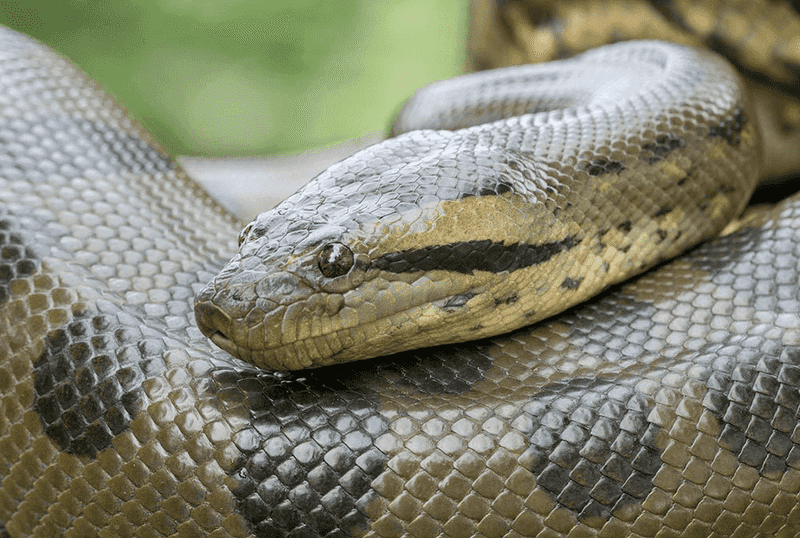
In the dense Amazon rainforest, the Anaconda is a silent, lethal presence. Wolves, with their preference for open terrains, don’t encounter these serpents, but if they did, caution would be advised.
Anacondas are the largest snakes, capable of growing over 20 feet long. Their ambush tactics and ability to constrict prey demonstrate strategic prowess.
A fascinating aspect of Anacondas is their ability to swallow large prey whole, aided by flexible jaws. This extraordinary feeding mechanism allows them to go months between meals, highlighting their perfect adaptation to their environment.
Moose
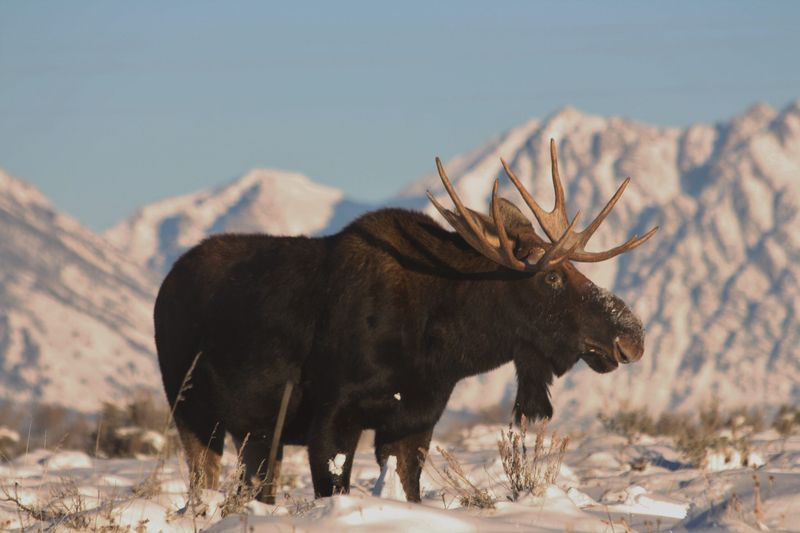
Moose, with their towering stature and intimidating antlers, are creatures wolves would think twice about challenging. Standing over six feet tall at the shoulder and weighing up to 1,500 pounds, moose are formidable.
Their antlers, which can span up to six feet, serve as both defense and display, adding to their imposing presence. Moose are also strong swimmers, often seen crossing lakes and rivers with ease.
Despite their size, moose can run at speeds of up to 35 miles per hour. Their adaptability and strength make them impressive in their forested homes, not easily threatened by predators.
Komodo Dragon
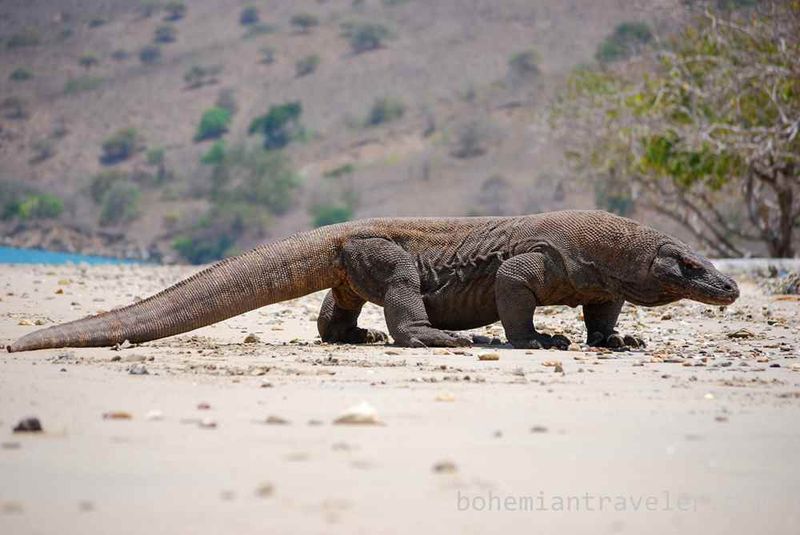
On the Indonesian islands, the Komodo Dragon reigns as a top predator. Wolves, if they ever ventured into this territory, would face a lethal threat.
Komodo Dragons can grow up to ten feet long and weigh over 200 pounds. Their venomous bite and stealthy hunting tactics make them formidable adversaries.
Their tough skin and powerful tails provide additional defense. An intriguing fact: Komodo Dragons can take down prey much larger than themselves, showcasing their strategic hunting prowess. These reptiles command respect with their prehistoric aura and deadly efficiency.
Giraffe
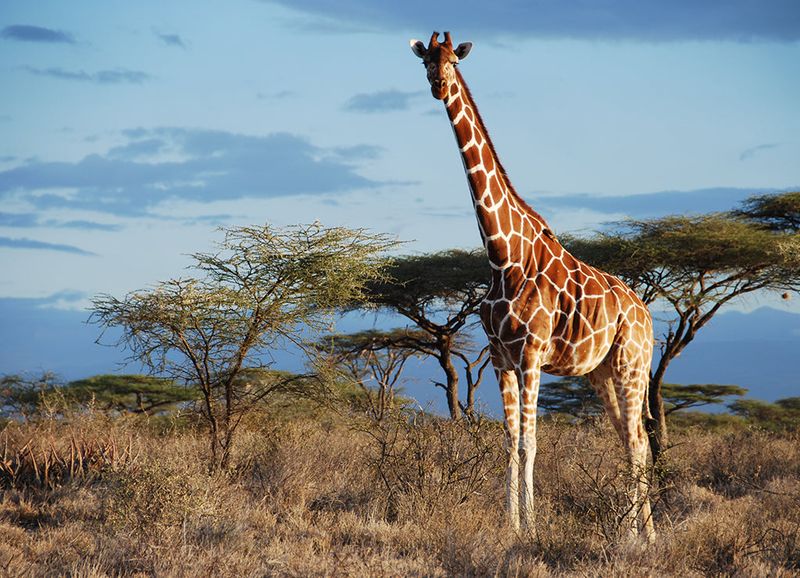
Giraffes, with their towering height and gentle demeanor, are more than meets the eye. Wolves, known for their pack tactics, would still hesitate before challenging these giants.
Standing up to 18 feet tall, giraffes use their long necks to browse treetops that are out of reach for others. Their powerful legs can deliver a kick strong enough to deter predators.
Giraffes have a unique cardiovascular system adapted to pump blood all the way to their heads. This combination of height, strength, and unique adaptations makes them majestic and formidable in their savannah homes.
Elephant Seal
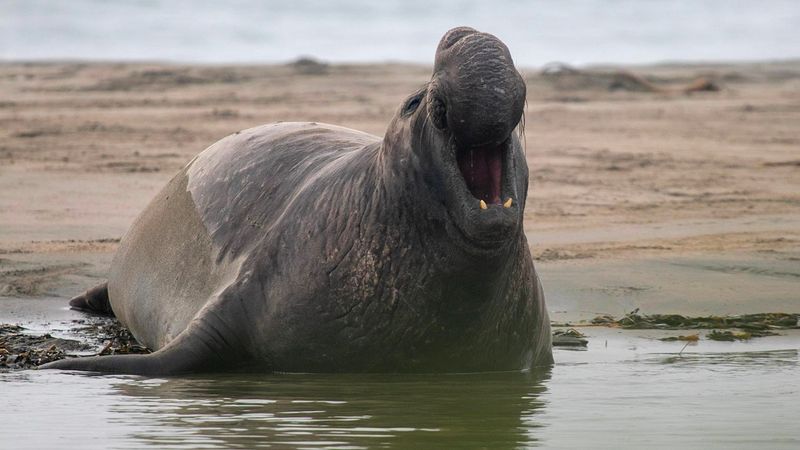
Elephant Seals, with their colossal size and unique appearance, dominate their coastal habitats. Wolves, creatures of the land, would find these marine mammals a daunting encounter.
Male Elephant Seals can weigh up to 8,800 pounds, with powerful bodies adapted for deep-sea diving. Their large proboscis is used in vocalizations and mating displays.
These seals are exceptional divers, able to dive over 5,000 feet deep in search of food. Their sheer size and aquatic prowess make them unrivaled in their ocean domain, respected by all who share their environment.
Cassowary
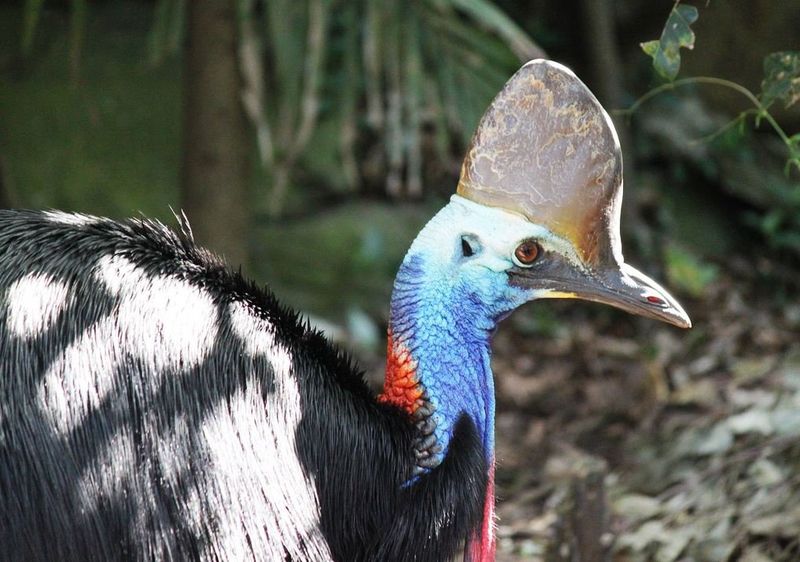
Deep in the rainforests of Australia, the Cassowary, with its vivid plumage and imposing presence, demands respect. Wolves, were they to encounter such a bird, would do well to avoid it.
Cassowaries are capable of running swiftly and can deliver powerful kicks with their strong legs. Their dagger-like claws can inflict serious injuries.
Intriguingly, they also play a crucial role in their ecosystem by dispersing seeds through their droppings. The Cassowary’s combination of beauty and brawn makes it a remarkable force in its habitat.

